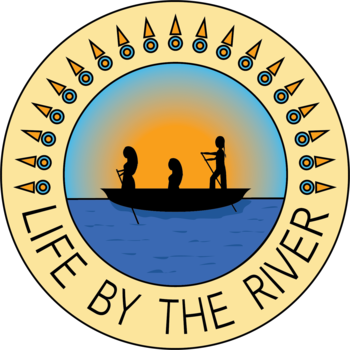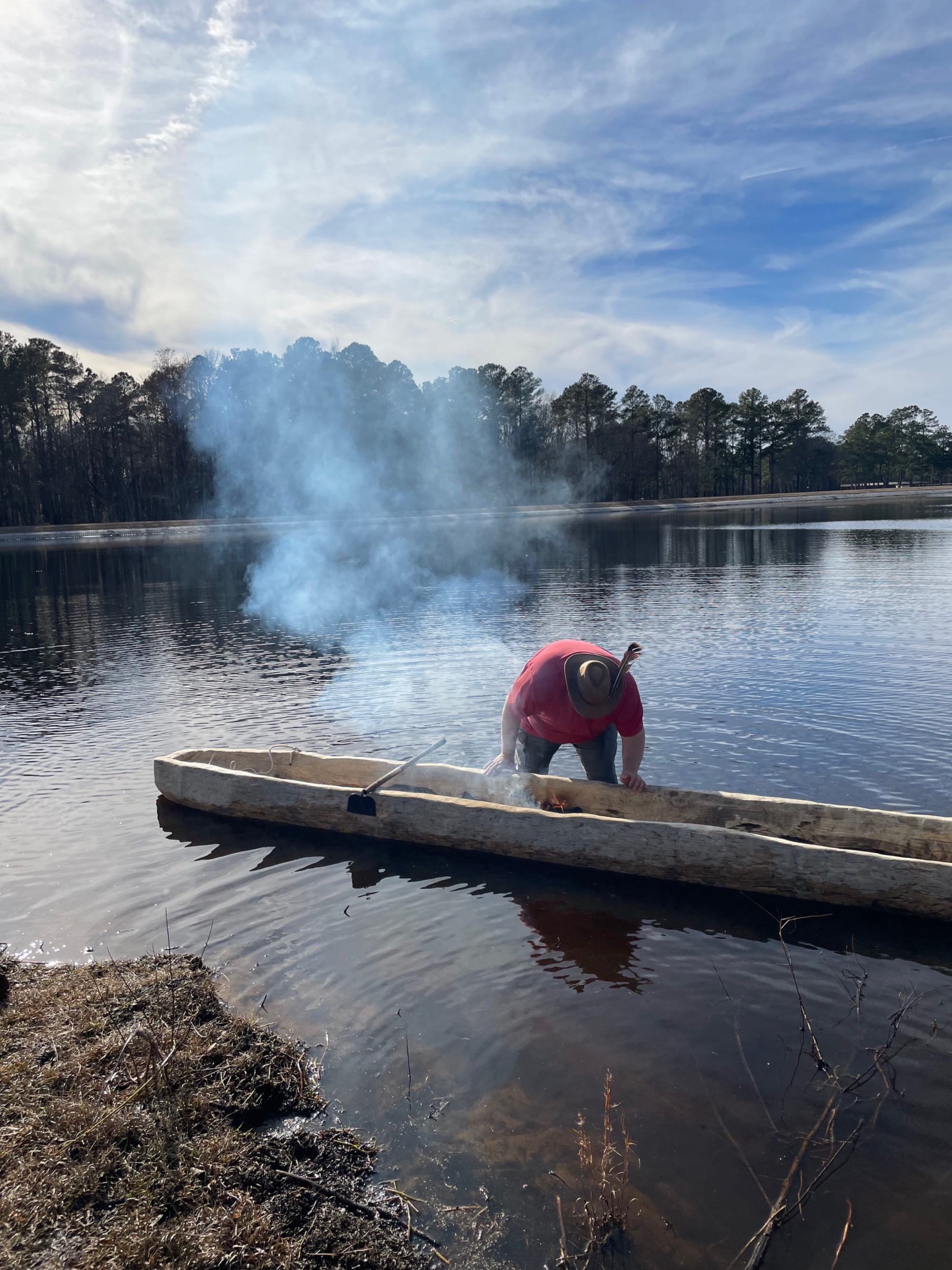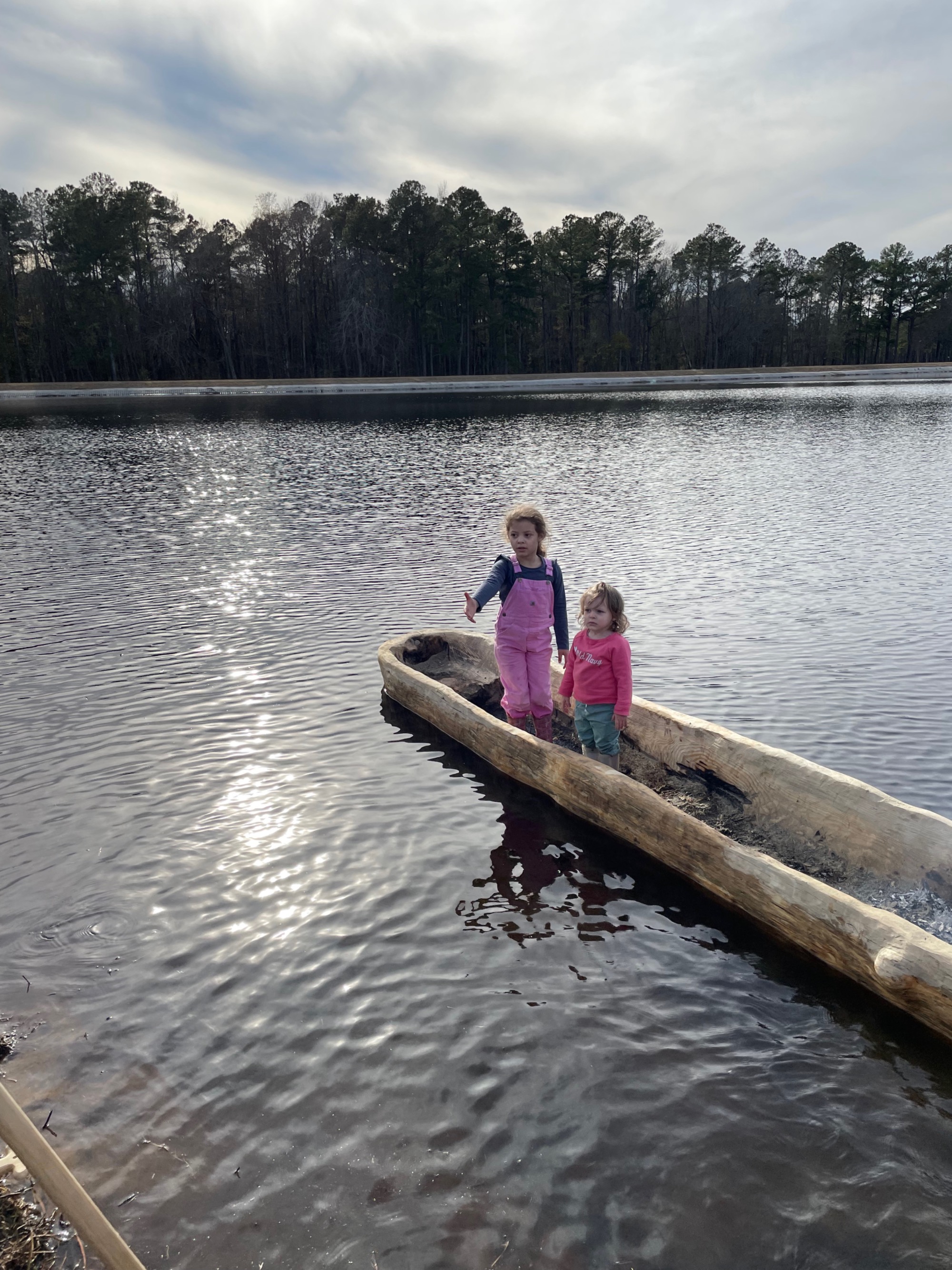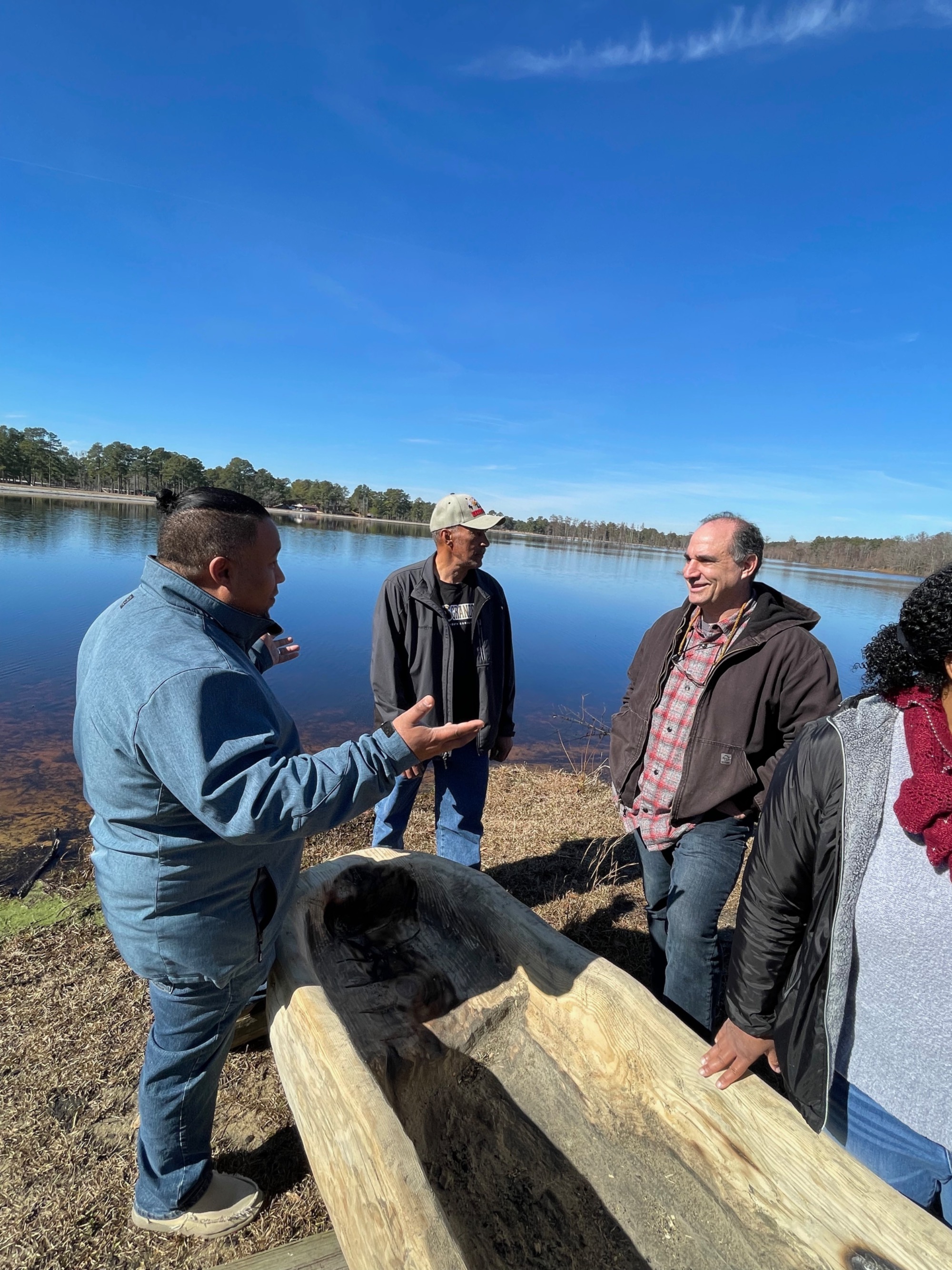Life by the River is a signature initiative of the Museum of the Southeast American Indian that explores
the deep and enduring connection between North Carolina’s American Indian tribes and
their ancestral waterways.
Every tribal community in North Carolina is located near a river, bay, swamp, or shoreline
that holds cultural, spiritual, historical and contemporary significance. These "Indigenous
waters" are more than natural landmarks — they are sacred lifeways that continue to
shape Native identity, traditions and stories.
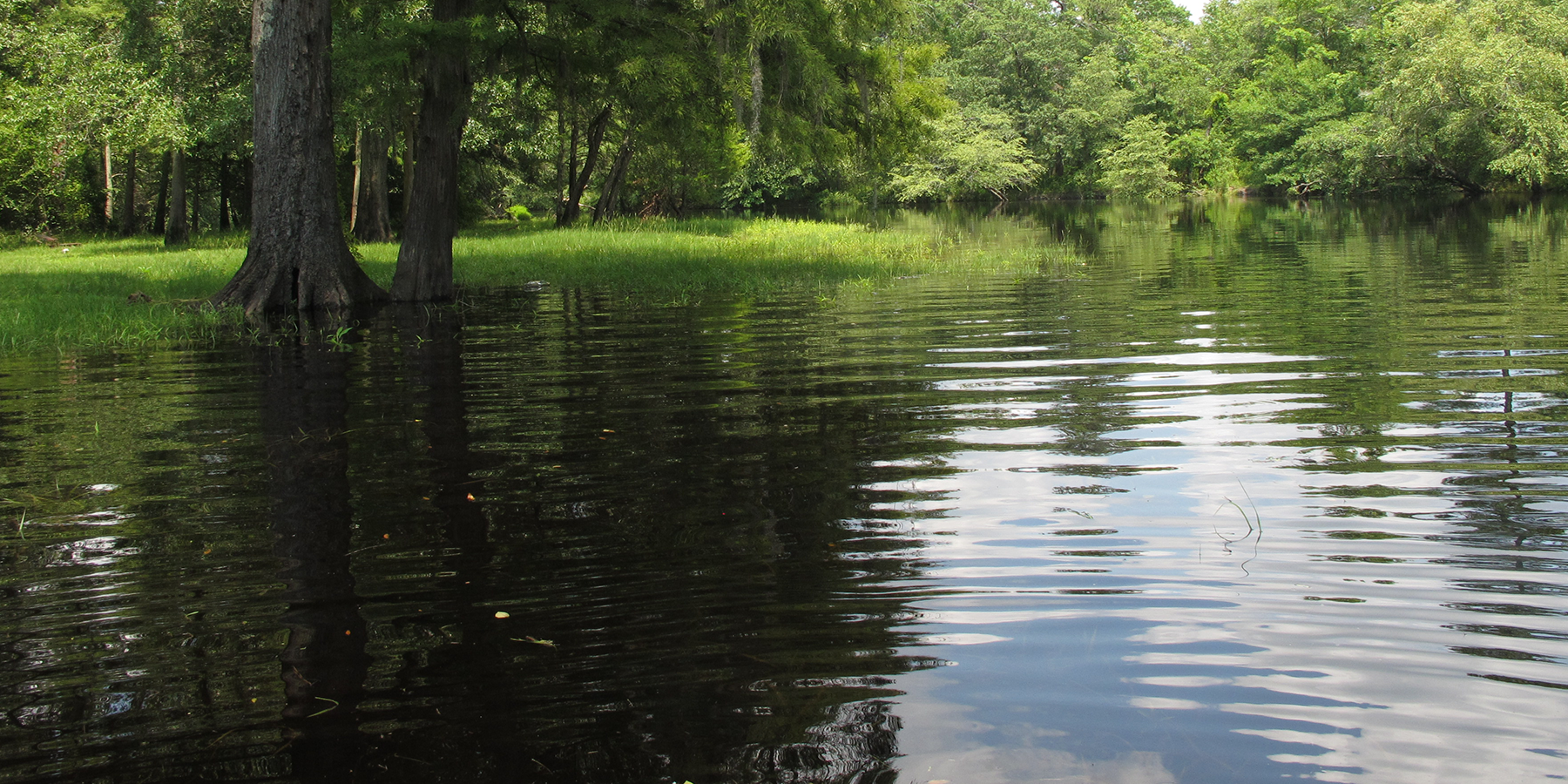
The Life by the River Project brings these relationships to life through:
-
Documentary Film – Featuring firsthand stories from tribal members about their connection to water.
-
Museum Exhibition – A visual and interactive display highlighting tribal histories, practices, and
river-based lifeways.
-
Youth Programming – Engaging educational experiences that connect Native youth with their heritage
and environment.
Through storytelling, education, and cultural preservation, this project honors Native
perspectives and elevates the voices of those living in relationship with their waters.
Learn more
Canoe Song Workshops
As part of the Life by the River project, the museum partnered with musician Layla Creppel (Lakota/Lumbee) to visit
eight tribal communities across the Carolinas. Working closely with children, she
helped compose an original song — incorporating their languages — to honor the rivers
and waterways central to their lives and cultures.
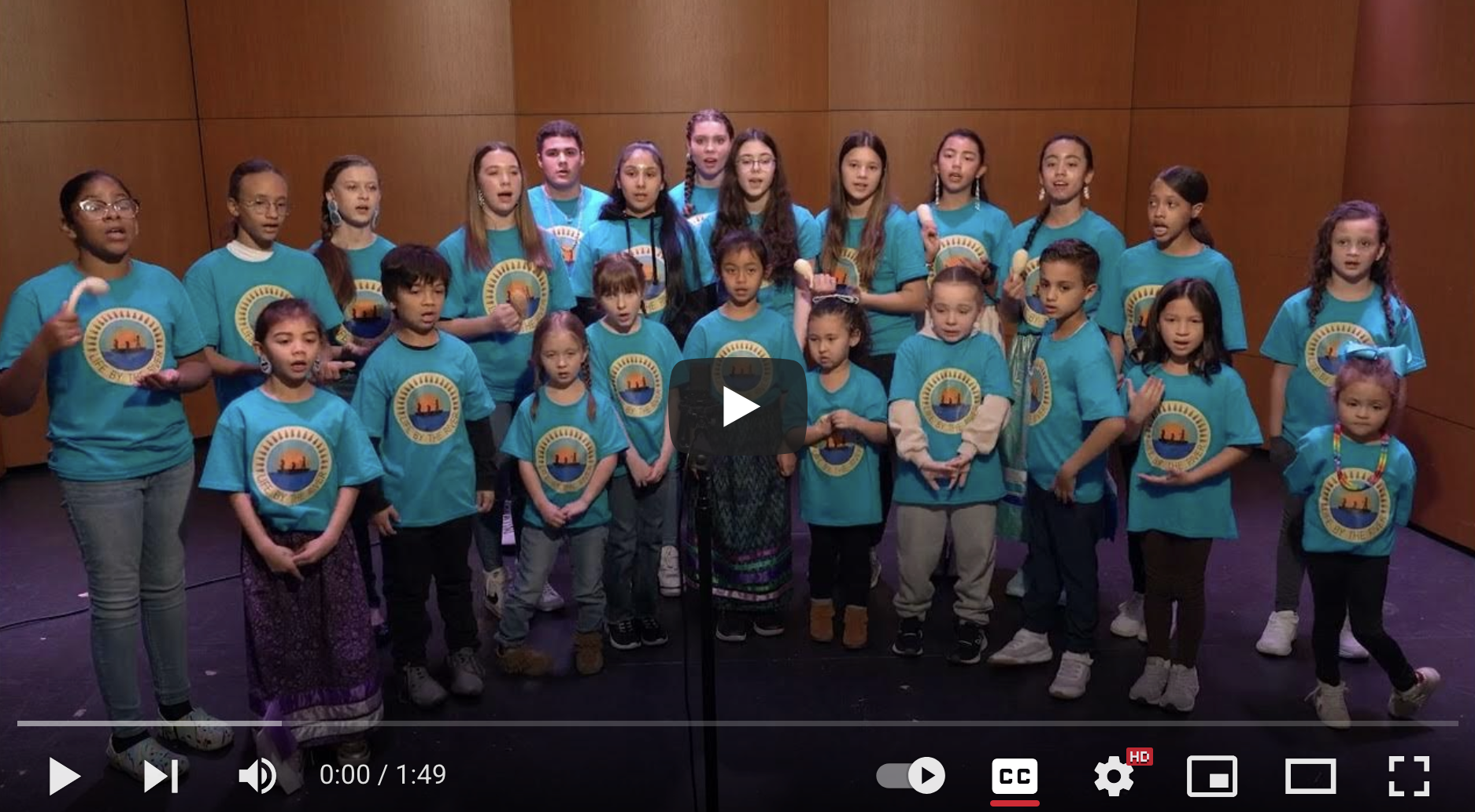 Play Video
Play Video
Children from tribal communities across North and South Carolina come together in
song to honor the rivers and waterways as part of the Life on the River project. See videos from each tribe on YouTube.
As part of the Life on the River initiative, the museum partnered with The Nature Conservancy, which donated a tree
to be transformed into a traditional dugout canoe. Lumbee tribal member, Kelvin Melvin,
led the carving, using time-honored burning techniques to shape the vessel. After
being launched and submerged in the river at the Lumbee Tribal Cultural Center, the
canoe now lives in the museum’s Discovery Center—where children are invited to climb
in, explore, and learn about Indigenous lifeways connected to the water.
Kelvin Melvin, a Lumbee tribal member, burns the interior of the dugout canoe to shape
and hollow it before water testing.
Children balance on the finished dugout canoe during its first launch at the Lumbee
Tribe Cultural Center.
Harlan Chavis shares the canoe-making process with representatives from The Nature
Conservancy, whose donated tree made the project possible.
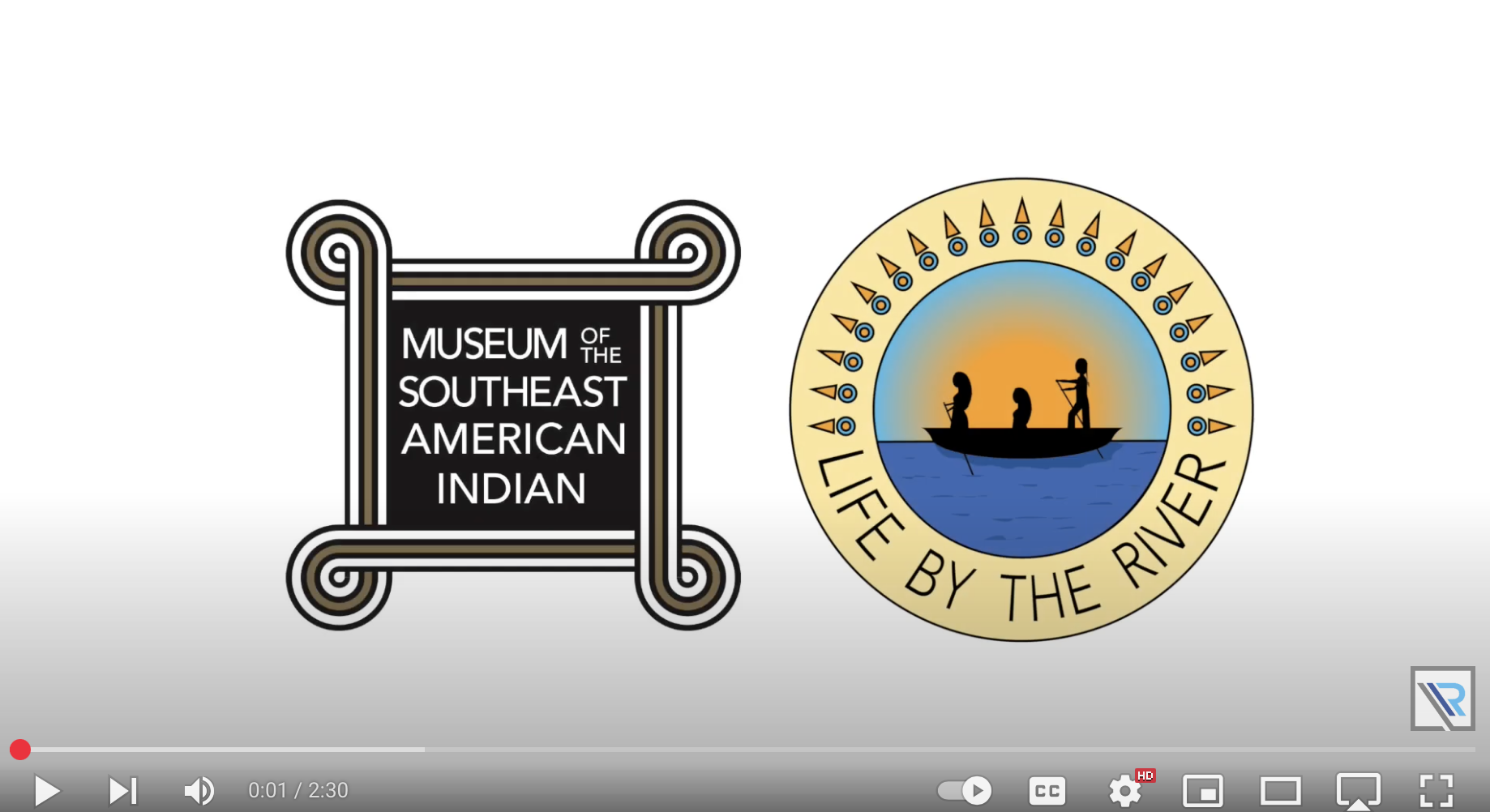 Play Video
Play Video
Learn more about the dug out canoe Life by the River Project.

